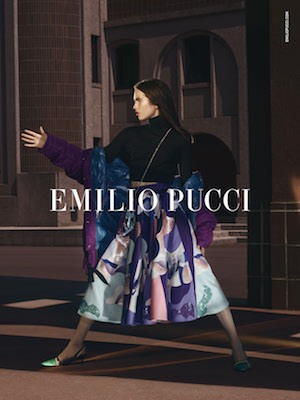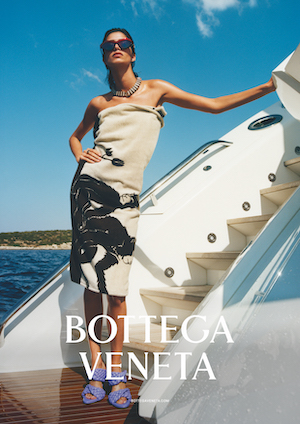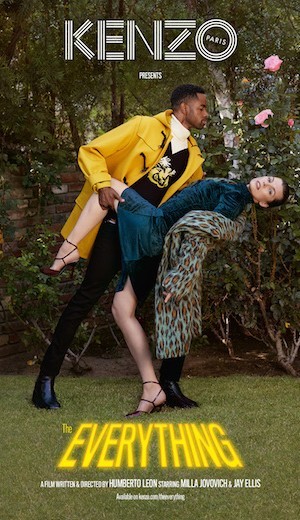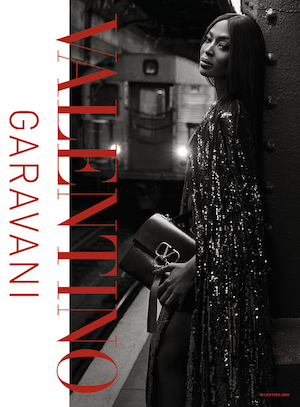Designers
Designer Rabih Kayrouz (MRK)
Telling His Own Story
Ghada Harb
June 30, 2011
Lebanese fashion sensation, Rabih Kayrouz, has been designing and expressing his passion for couture since the tender age of 16. Educated at the internationally acclaimed L’Ecole de la Chambre Syndicale de la Couture Parisienne, Rabih Kayrouz has taken both Paris and Beirut by storm, becoming one of the most sought-after couturiers. French and Lebanese couture lovers are all too familiar with his custom designs and his undeniably unique style. His Paris showroom, Maison Rabih Kayrouz, also known as MRK, was unveiled in July of 2009, and in December of 2010 he opened his first boutique in Beirut in the up-and-coming fashion district, Port Beirut. As a seasoned couturier of more than 20 years, Rabih Kayrouz is only one of two Lebanese designers to be invited into the elite French Haute Couture official calendar of the Chambre Syndicale de La Haute Couture.
Recently, Rabih Kayrouz has diversified his work and produced his first Prêt-a-Porter line. Wanting to provide his clientele with beautiful clothes that can be worn straight off the rack, instead of solely the labor-intensive, haute couture gowns that made him famous, Rabih Kayrouz takes a fresh and original approach to ready-to-wear design, with pieces that are simple but distinctive. His aesthetic is all about playing with shapes and the female form, glorifying the body, experimenting with unique fabrics, and expressing the seasons with bold colors. Today’s Outlook sat down with the designer at his atelier in Beirut to discuss his work both in Paris and Beirut, his latest collection, his new boutique, his dreams and his zest for life as a couturier!
Rabih, let's start by discussing your latest collection.
I’m showing one collection in Paris, a high-end, ready-to-wear collection that is totally hand-made in France; it’s a French brand actually, but it’s sold internationally. The Middle East is also all about very high-end fashion. Lebanon is my country; it’s where I started 20 years ago, it’s where I learned and trained. So I was really happy to open my second boutique in Beirut. What is available in Lebanon is not what I show in Paris, which is the ready-to-wear collection. In Beirut, all I do is special pieces, including wedding dresses.
Why did you make the move from Couture to Prêt-a-Porter? Did you find the need for it in the market or did your clientele ask for this?
Actually, it was a mix of both. Today, I realize that women do want special dresses, but they also need clothes to wear every day. I wanted to create something more urban and much more accessible. I mean this in the sense that you go to a boutique, you try something on, you like it, you purchase it and then you leave.
When I wanted to grow internationally, I wanted to grow in this way. Couture is much more limited; it’s related to a certain lifestyle. Maybe we are known in the Middle East to have this fantastic, event-filled lifestyle, but this is not the case outside the Middle East. People are not ready to wear couture.
What are your colors for this season?
I like colors, particularly the fun and strong colors. For our Beirut boutique, we chose a mix of colors with lots of greens, turquoise, reds, and limes. I wanted the summer collection to be very fresh and happy.
Why did you choose Port Beirut as your location?
I wanted somewhere not too far from downtown, somewhere accessible yet not too close to any neighborhoods. Port Beirut was also ideal because it’s so easy to get there and the streets are wide.
Simply put, I saw the area, I liked it and so I started negotiations. I also convinced two of my friends to join me; Johnny Farah, who deals in leather goods and Karen Chekerdijan, a furniture and home goods designer. So, the three of us have kind of created our own upcoming, trendy neighborhood.
How would you describe your style?
It’s so difficult to describe my style, because it is mine. Definitely, I would say that I started out ‘simple’. I like to dress women up; I like them to feel comfortable; I like them to feel happy. I always keep this in mind when I design. I don’t think so much about myself; I think more about the woman I'm designing for.
What is your source of inspiration?
I am so well aware of and open to nature that I would have to say nature is my greatest source of inspiration, in particular the beach. Sometimes the wind inspires me or sources of light, and at other times it may be an animal or some species. I also love to be inspired by the gestures and the attitudes of women. Today, women are talking in a certain way and this inspires me; women are walking in a certain way and this inspires me. Women will always be more than they already are.
How different are the styles of the Lebanese and French women?
They are definitely different. I think the difference is related more to lifestyle differences than anything else. They are two different cultures; we don’t work in the same way, we don’t talk in the same way, we don’t eat in the same way, and we don’t travel in the same way. All these differences are reflected in style choices.
How would you define the Lebanese woman’s taste?
The Lebanese people are quite interesting. Most Lebanese travel a lot, which makes them aware of new trends, fashions, even in terms of lifestyle trends. It’s also quite a mixed culture when you consider how we live, what we see, what we eat; we have an interesting mixture of oriental and occidental here in Lebanon. We maintain our certain traditions and the oriental element, but at the same time we like to look European, because we like simplicity.
Your dresses tend to focus more on texture and fabric than the decorative part; has this always been your style?
If you saw my first designs, you would notice that I’ve always liked the cut and the shape of the clothes and the way we wear them, more than the decorative look. I’m not into décor anyways, even in my homes.
You have served as a jury member in many design competitions. What kind of experience do you hope to share with the new generation entering the fashion industry?
Whenever I am giving a conference at a school, or when I’m on a jury, or when I speak to young Lebanese designers, I always try to share my passion. For me, it’s a pleasure to share thoughts and ideas. Although I’ve been working for years and I have established myself, I always feel like I’m starting from the beginning again when I discuss fashion and have talks with young designers; it’s very refreshing. It makes me feel young. I love it!
What is your advice to young people thinking about breaking into the fashion world?
My advice is to be honest and to tell your own story. This is very important. No copies. No influence. Just be honest with yourself.

























